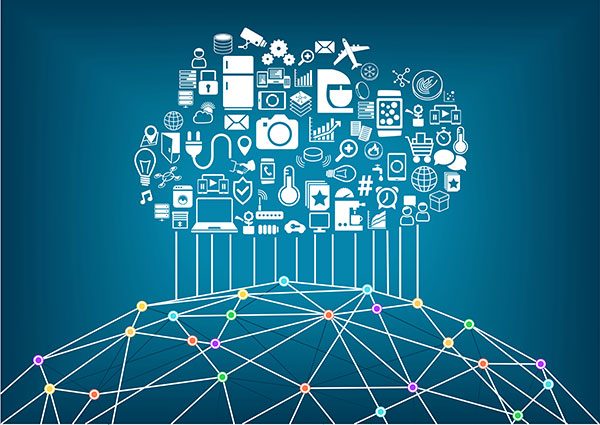Today, it’s possible to connect to and use the internet in many different ways

In summary
- It’s possible to connect to the internet via a range of devices these days — though desktop and laptop computers, mobile phones and tablets are the most common.
- However, everyday items such as watches, even central heating systems and refrigerators, are now capable of using the internet.
- In order for any device to actually get online though, requires signing up for a specialised service for accessing the internet.
- These internet access services are generally of two types: internet fixed to a specific location and provided by internet service providers, or mobile internet that can be used out and about, which are provided by mobile phone networks.
- People use one or the other (or both) types of internet access — fixed or mobile — depending on the device they’re using, their immediate environment and budgets.
The two ingredients for connecting to the internet
Connecting to the internet requires two key ingredients:
- A device capable of connecting to the internet.
- Access to an internet service that will allow that device to get connected.
Basically, there are many types of both of the above things.
In other words, it’s possible to connect to the internet on an ever-increasing range of devices. Plus, there’s also quite a few different types of services that allow these devices to get online.
People’s choice over the various devices and means of getting online varies according to many factors, including lifestyle (whether they’re at home or out and about), how frequently they need to access the internet (everyday for a number of hours or just occasional use), the types of things they want to use the internet to do (catch up with email or download and watch films and tv programmes), and budget (internet access companies usually charge to use their services).
Let’s unpackage the above in a bit more detail...
Devices that can connect to the internet
The most common devices people use today to get online, include:
- Desktop computers
- Laptop computers
- Mobile phones
- Tablets
- E-readers
However, the range of devices capable of connecting to the internet is ever-expanding and shifting our understanding of what “being online” means.
In recent years, we’ve seen the emergence of smart watches, central heating systems, and even refrigerators, which by connecting to the internet can perform all sorts of enhanced and useful functions.
Still, the most “traditional” devices used for accessing and browsing the internet today are desktop computers, laptop computers, tablets and smartphones.
Two types of internet connection services
There are two key types of service that can provide you with internet access. They are:
- Fixed internet
- Mobile internet
Let's take a look at each, in turn...
Fixed internet
As the name suggests, this is an internet connection that is fixed to a specific location (such as a home, office or shop) — meaning that the internet connection is unique to that property, and as such you can only access it when you’re physically situated there.
Choosing a fixed internet service provider
Many companies provide installation of one of the above types of fixed internet connection, with ongoing access to the connection at an agreed speed and data usage offered, mostly on a contract basis.
Some companies are more specialised in one type of connection than another. For instance, Virgin Media specialises in cable broadband connections as it is also a TV service provider. Whilst BT, as the owner of the majority of the UK’s telephone lines, is most well-known for providing ADSL broadband — though many third-party companies are allowed access to BT’s network and offer their own ADSL broadband services. As the owner of the new infrastructure that allows for latest fibre broadband, BT is also currently the sole provider of this next-generation service.
Mobile internet
Mobile internet is a way of getting online anywhere without relying on a fixed-location connection — as the name suggests, by using your mobile device.
Mobile phone operators provide access to this alternative method of internet usage. When you sign up to a mobile phone operator’s services — either on a contract or pay-as-you-go basis — you can include access to a certain amount of data (measured in megabytes), allowing you to use your mobile device to connect to the internet within that capped usage limit. This guide from Broadband Genie gives a good overview of mobile broadband.
Last updated 22 February 2021